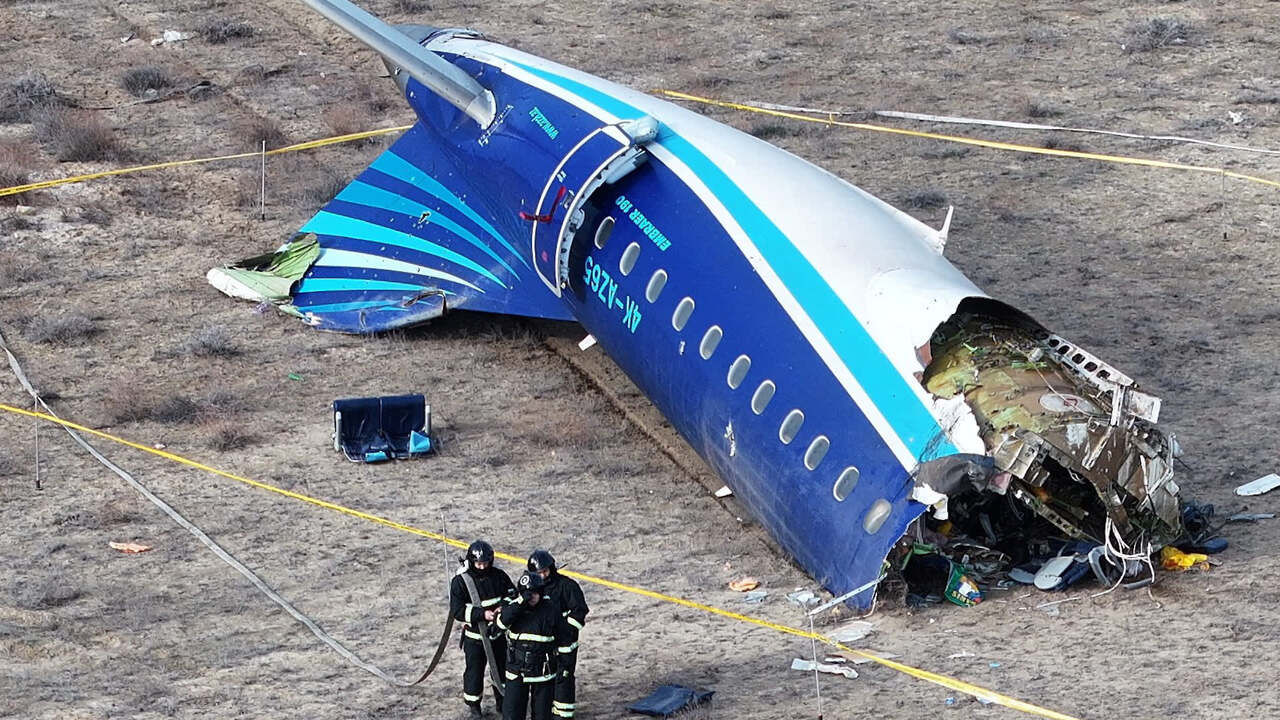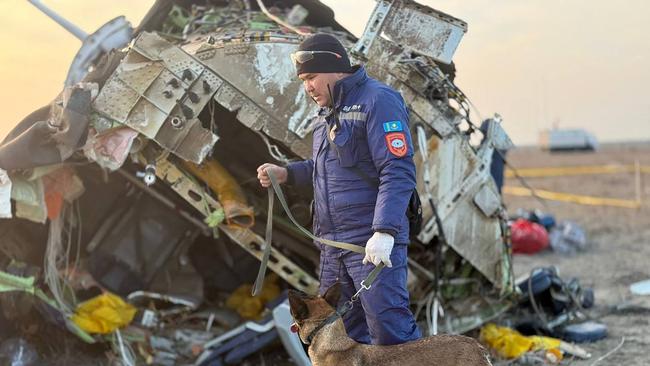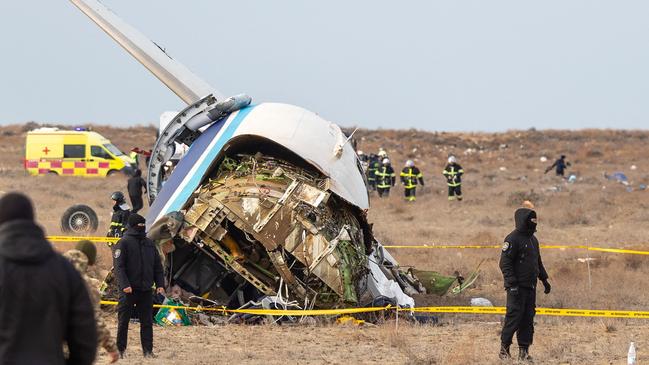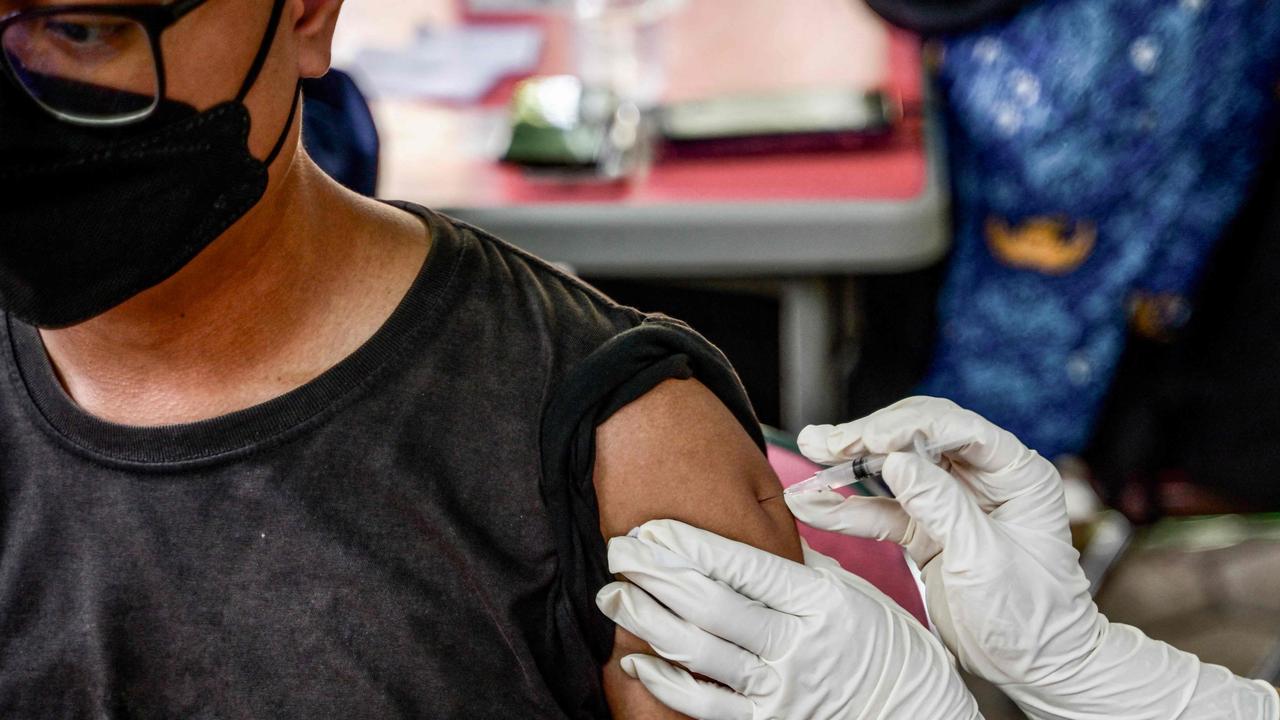Was Azerbaijan Airlines plane shot down? Crash footage gives answers
Video from before and after the Azerbaijan Airlines crash indicate shrapnel penetrated the rear of the aircraft, disabling the hydraulic systems as the plane was inexplicably diverted.

The pilots of the Azerbaijan Airlines Embraer fought against great odds to steer their stricken jet to a crash-landing, using only engine thrust after losing all flight controls.
Video from before and after the crash indicate that shrapnel had penetrated the rear of the aircraft, disabling the hydraulic systems that power the control surfaces on the wings and tail, aviation experts said.
A Russian transcript of the pilots’ exchanges with air controllers at Grozny suggests they reported an “impact” that they first thought was a bird strike as they were diverted from the Chechen capital owing to poor visibility. “Our controls have failed. Bird strike in the cabin,” a pilot told the controller. Shortly before the impact they had reported a loss of GPS. The transcript could not be verified but echoed accounts from Azerbaijan and Kazakhstan.
Seven minutes after the impact, a pilot reported: “Now the hydraulics have failed.” With flight controls fading, the crew would have tried to control the pitch and roll of the aircraft by juggling with the power separately on each of the two wing-mounted jet engines. They tried to divert to nearby Mineralnye Vody in the Caucasus and then towards the coast, but were told the weather was too poor. The transcript ended there but the pilots were, inexplicably, told to head for Aktau, much farther away, officials said.

When the aircraft reappeared offshore from Aktau, it was flying erratically. On the approach, the undercarriage was extended by hand but the wing flaps and spoilers were apparently not deployed as they would be for a normal landing. There was also damage visible on the tail’s horizontal stabiliser before the landing, aviation experts said after watching the video.
The gyrating “phugoid” path performed by the plane on a first, aborted, attempt to land and on its second, final attempt, showed that the crew were struggling for control as they descended, lined up and touched down by using only engine power. The near-impossible method was famously used in 1989 by the three pilots on United Airlines flight 232 who steered their DC-10 airliner to a fiery crash-landing near Sioux City, Iowa, after total hydraulic failure. Of the 296 passengers and crew, 184 survived.

“It appears that these [Azeri] pilots were attempting to do the same thing,” said Juan Browne, an American airline pilot and commentator. “There were no spoilers up. You can see on the video of the final approach there were no hydraulics.”
The evidence points to an air-defence missile with a proximity fuse exploding close to the Embraer, Browne said. “You can see the puncture wounds on the left side of the vertical tail and left elevator . . . This would have penetrated vital electric and hydraulic lines.” The deployment of oxygen masks showed the cabin had been depressurised.
Gerard Legauffre, previously of BEA, the French air-accident investigation agency, said there appeared to be “a lot of shrapnel” damage on the wreckage. This was “reminiscent” of Malaysia Airlines flight MH17, which was shot down with a surface-to-air missile by Russian-backed rebels over eastern Ukraine in 2014.

Xavier Tytelman, a defence consultant and former French air force pilot, said there was little doubt the Azeri jet had been hit by a missile. “The impacts on the tail are characteristic of missile shrapnel,” he said. “One can understand how the aircraft was no longer flyable.”
The Times



